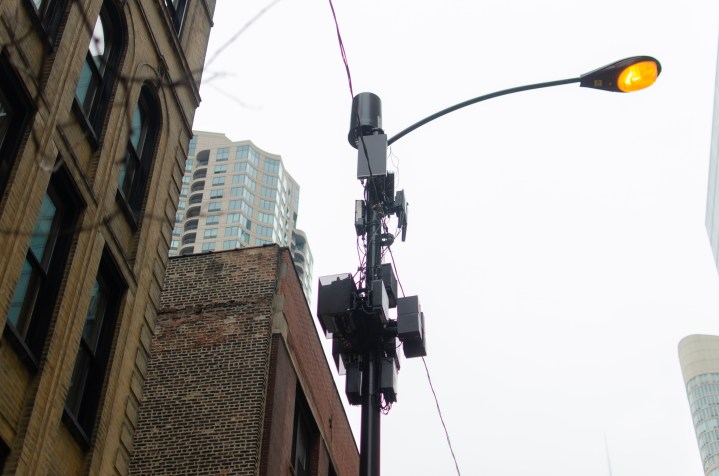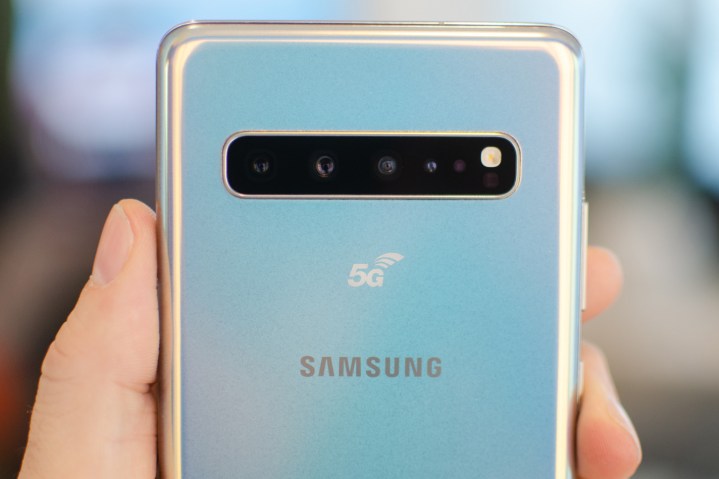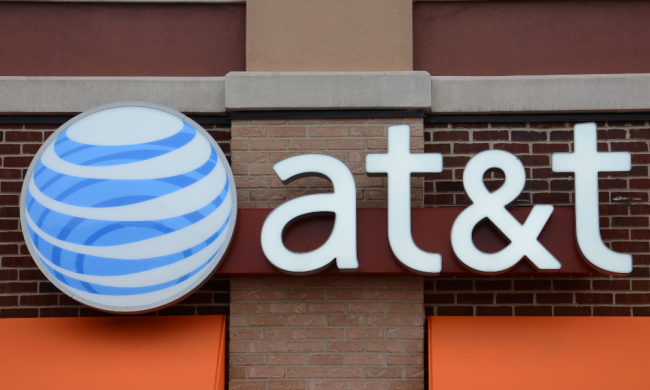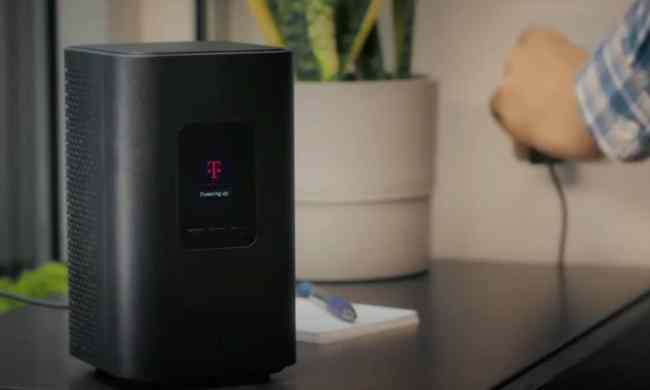The fifth generation of mobile networking is here and getting more prominent by the day. Alongside the continuation and increasing popularity of pandemic-fueled remote working in 2022, 5G network coverage has expanded, accelerating its rollout throughout the U.S. and the world. All three major service providers now have nationwide networks, with plans to improve 5G offerings both in the home and via mobile in the next few years.
Already, 5G is changing the way we view and use technology. As it moves on it way to future ubiquity, it’s time to learn about the current advantages of 5G, how it will coexist with 4G, and determine how to get the most out of it.
5G vs. 4G: Speed
In considering 5G speed, there are few specifics to pin down. Instead, we prefer to think of 5G in its early stages as offering more of a speed range. That’s because the actual speeds you get depend on what wireless network you’re connecting to, your location and how busy it is, and the device you’re using. This table gives you a rough idea of the maximum speeds of each generation of cellular network technology and the average speeds in the real world.
| Generation | 2G | 3G | 3G HSPA+ | 4G | 4G LTE-A | 5G |
| Max speed | 0.3Mbps | 7.2Mbps | 42Mbps | 150Mbps | 300Mbps-1Gbps | 1-10Gbps |
| Average speed | 0.1Mbps | 1.5Mbps | 5Mbps | 10Mbps | 15Mbps-50Mbps | 50Mbps and up |
The average speed row is more realistic than the max speed row, as the peak or max speed is purely theoretical. Determining real speed is complicated by the various technologies used in each generation, geographical differences in coverage, and the constant evolution and improvement of mobile technology over time. For example, 4G has improved significantly over its lifetime with the development of LTE (Long-Term Evolution) and then LTE-A (Long-Term Evolution Advanced). You can theoretically get up to 1Gbps with the latest 4G LTE-A developments, which overlaps the range that 5G promises to deliver. The average speeds you get in the real world are much lower.
To put that speed into some kind of context, 1Gbps (gigabits per second) is 1,000Mbps (megabits per second). Note that megabits differ from megabytes — there are 8 megabits (Mb) in a megabyte (MB). So, 1Gbps translates to 125MB per second. An MP3 file might be 5MB, while a TV program episode might be 350MB, and a Blu-ray movie could be 15GB (15,000MB). If you actually have a 1Gbps connection, you could potentially download a Full HD Blu-ray-quality movie in two minutes. With 4G still improving, you can achieve somewhere between 10Mbps and 50Mbps. If we look at Netflix requirements for streaming speeds, it recommends 15Mbps for Ultra HD and 5Mbps for HD.
According to the latest 2022 numbers from Opensignal, T-Mobile has hit 150 Mbps for average 5G download speed, putting it ahead of Verizon and AT&T, which scored 56.2 Mbps and 49.1 Mbps, respectively. Faster speeds are the goal, though 4G speeds are already pretty good for what most people need.
5G vs. 4G: Latency
Where 4G lags behind is latency, which is the time it takes for data from your device to be uploaded and reach its target. It measures the time it takes for data to go from source to destination in milliseconds (ms). It’s very important for applications like gaming, where response time impacts the outcome. It could also prove vital for self-driving cars if data is being transmitted to the cloud, as quick decisions based on instant information can help to avoid an accident.
With existing 4G networks, you’re looking at an average latency of around 50ms. That could drop to 1ms with 5G technology. To put that in context, it takes at least 10ms for an image seen by the human eye to be processed by the brain. Low latency is vital for real-time reactions in machines or cars. Lower latency could also make cloud gaming possible. Gamers could play via their phones on remote hardware like gaming platform services such as Google’s Stadia and Blade’s Shadow. A 1ms latency is aspiration, possible in near-perfect scenarios. The average latency you can actually expect on 5G is around 10ms. Reduced latency could prove to be the real driver for 5G deployment and adoption.
5G vs. 4G: Coverage

It took years for 4G networks to fan out around the world, and even now there are some rural areas still relying on 3G networks. Even where 4G coverage is strong, speeds vary widely. We expect the full rollout of 5G networks to take a while, but right now all three major carriers have advanced their 5G coverage. All three major carriers now offer nationwide networks, based on the Sub-6 spectrum, and are building out those networks with other spectrum and wide coverage.
Also, 5G is built with a full array of different radio frequencies. Sub-6 refers to frequencies under 6GHz, and these waves can generally travel long distances but can’t support ultra-high download speeds. On the other end of the 5G spectrum is mmWave, which offers a huge advantage in terms of download speed, but can’t travel far or penetrate obstacles. Initially, Verizon employed mmWave for its 5G network, and it was only available in some areas of some cities. Today, the company uses Sub-6 for its nationwide mobile network, which is something T-Mobile did from the beginning.
5G vs. 4G: Other differences

For us to take advantage of 5G connectivity, we don’t just need carriers to put network equipment in place. We also need to buy a 5G device. If you’ve picked up one of the best 5G handsets, you may be able to leverage 5G speeds, depending on where you live. But if your mobile phone is older, you’ll need to upgrade if you want the faster speeds. These days, almost all high-quality new phones sold in 2020 or later support 5G — like the iPhone 13 or Samsung Galaxy S22 Ultra — alongside many midrange affordable phones. Note that 5G is likely to be much more demanding in terms of power, so battery life, which is already an issue for many, could get worse as users embrace 5G over 4G.
5G vs. 4G: Don’t write off 4G yet
It’s important to note that 5G is not a direct replacement for 4G — it’s a complementary technology. With the two working in tandem, you should get good — or at least decent — speeds on your mobile device wherever you are. Carriers continue to upgrade 4G networks, and both download speeds and latency are still improving. Even though carriers are spending more time and resources on 5G wireless technology, 4G networks will likely continue to provide faster speeds across the board.
That’s especially true given the complete demise of 3G in the U.S. Sprint 3G (now part of T-Mobile) was shut down on January 1, 2022. AT&T’s 3G network was shut down in February 2022. Verizon plans to shut down its 3G network on December 31, 2022. T-Mobile has yet to announce its final 3G day, but it’s coming.


